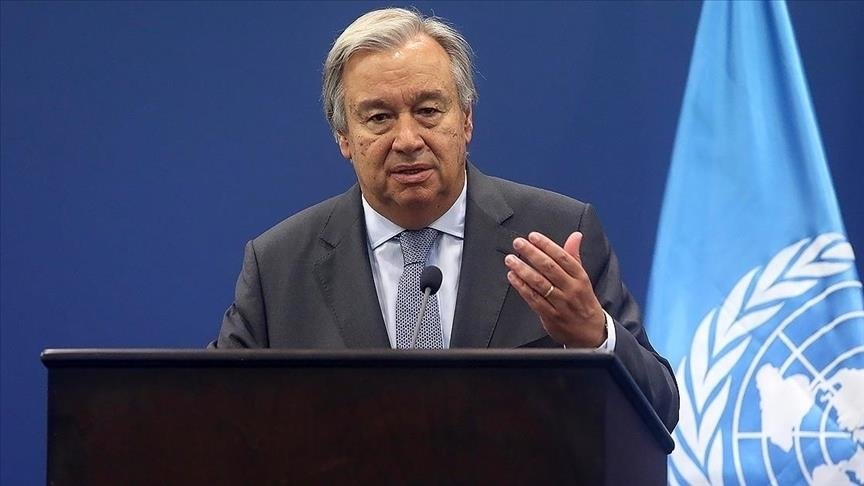HT Digital,
Washington, Jan 23: In the shadow of escalating global tensions and existential threats, the Doomsday Clock remains steadfast at 90 seconds to midnight as of January 23rd, 2024. This symbolic timepiece, managed by the Bulletin of the Atomic Scientists, serves as a grim reminder of humanity’s proximity to self-inflicted catastrophe. The clock’s hands have not budged since their advancement in 2023, marking the closest they have ever been to the figurative apocalypse since its inception in 1947.
The decision to maintain this dire setting is driven by a confluence of perilous factors. Foremost among them is the ongoing war in Ukraine, which has not only heightened the risk of nuclear conflict but also fractured international cooperation on climate change—a threat that continues to manifest through extreme weather events and rising greenhouse gas emissions. Russia’s suspension of the New START treaty and the deployment of tactical nuclear weapons in Belarus further exacerbate the nuclear threat landscape.
Additionally, the Bulletin points to the rapid advancements in disruptive technologies, such as artificial intelligence and biotechnology, which outpace the establishment of necessary safeguards. These developments, coupled with the potential for biological threats, underscore the multifaceted nature of risks that contribute to the Doomsday Clock’s current setting.
Despite these challenges, the Bulletin emphasizes that the world can still steer away from disaster. It calls for urgent action and international collaboration to address these threats, suggesting that every second counts in the race to prevent irreversible damage to civilization and the planet. The Doomsday Clock stands not only as a warning but also as a call to action, urging leaders and citizens alike to respond to this moment as if it were the most dangerous in modern history—because it just might be.












